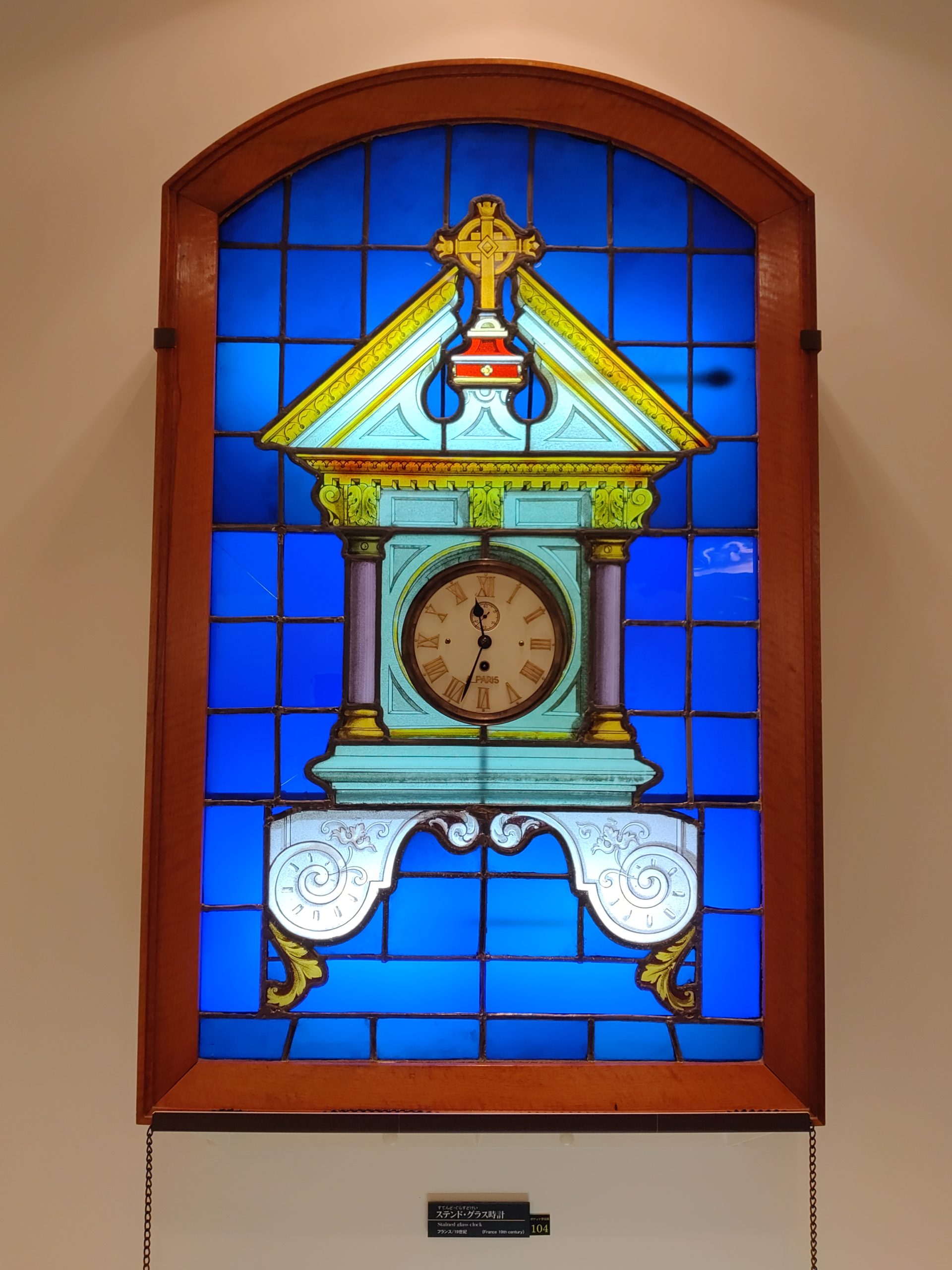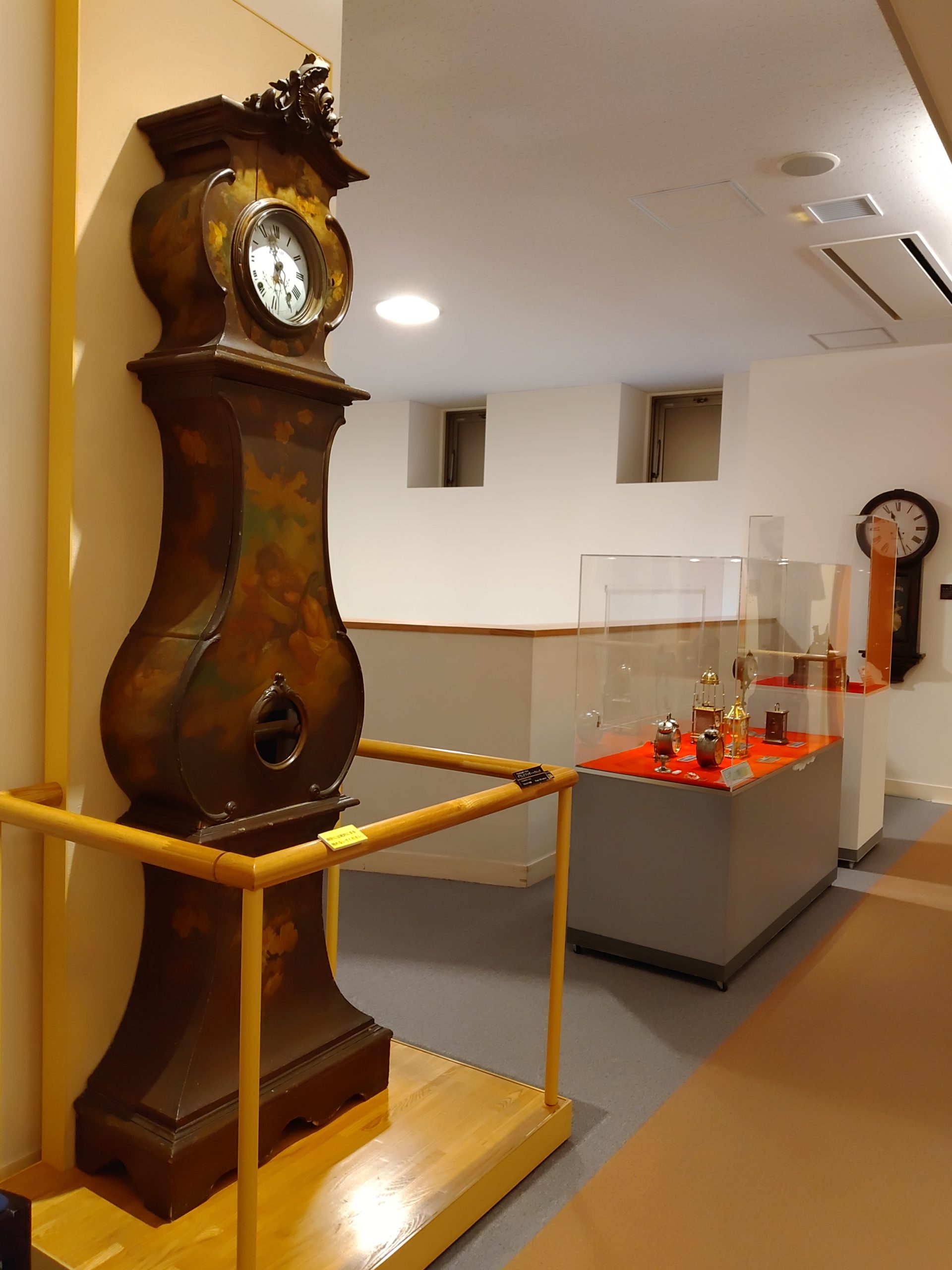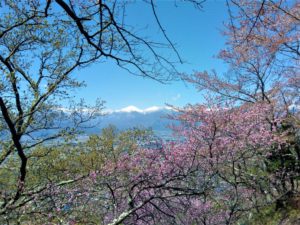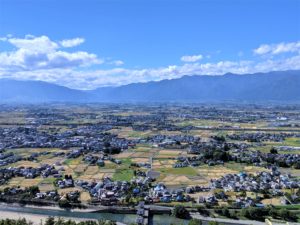Make Time for the Minute Details of the Matsumoto Timepiece Museum
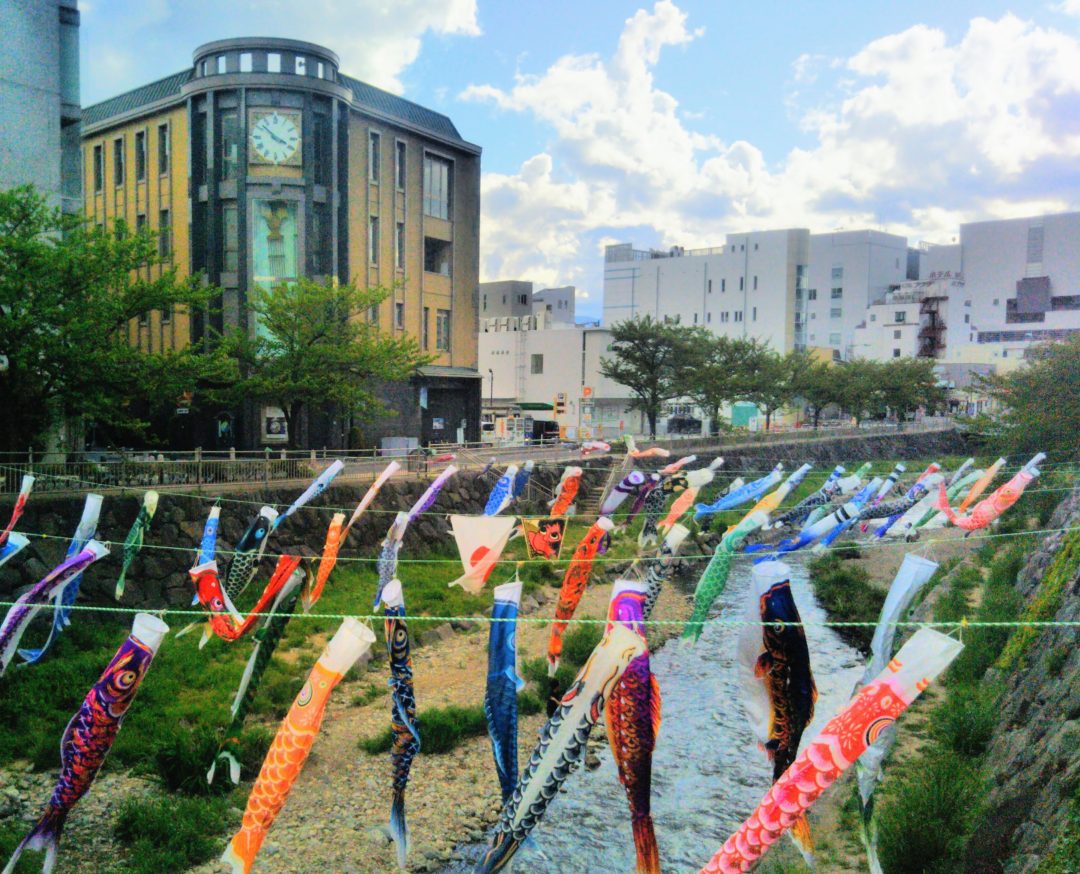
I’d read somewhere that the huge pendulum clock on the Matsumoto Timepiece Museum was one of the largest of its kind in the world. Its pendulum was supposedly even longer than the one on London’s Big Ben. The museum’s own website claims it is the largest pendulum clock in Japan. But, failing to find an independent source to corroborate the claim, I decided to make time to go down and inquire directly.
Thanks to museum manager Nishizawa-san, who pointed out various minute details of the exhibits during his gracious, impromptu personal tour, I now have answers to questions I didn’t even know I had – plus the one I had gone there looking for.
The Backstory
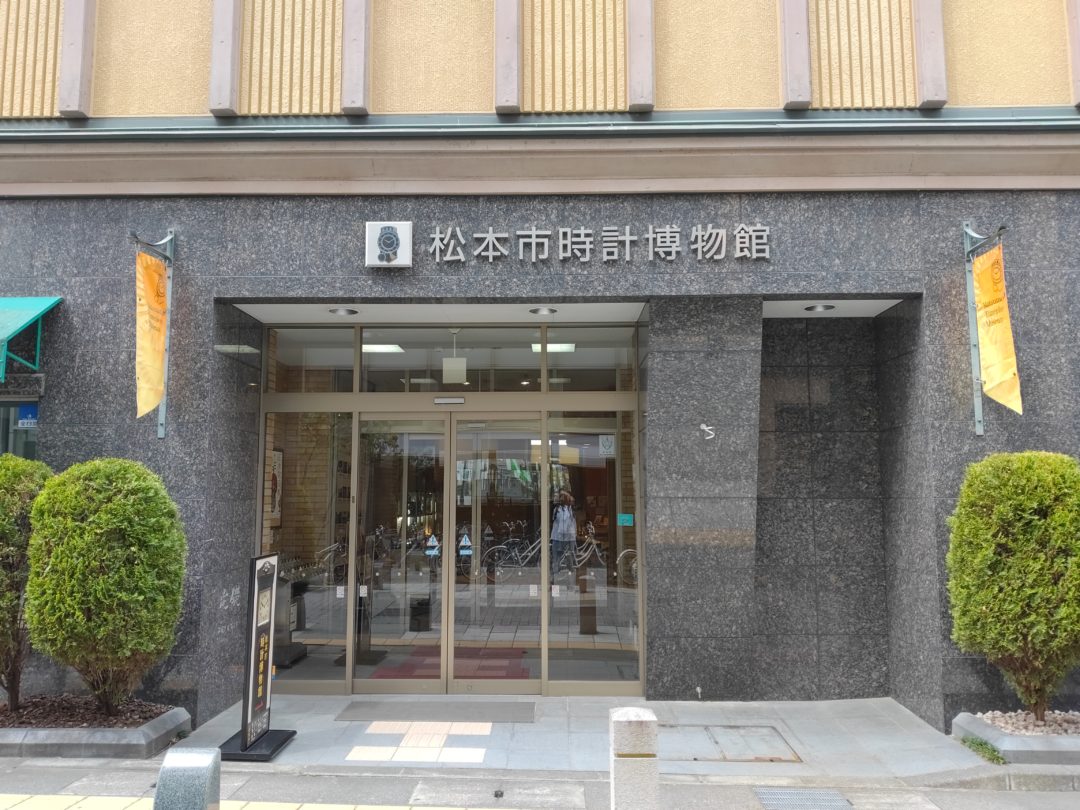
The Matsumoto Timepiece Museum is a relatively recent addition to the “Matsumoto Marugoto” series of museums. Opened in 2002, this collection of over three hundred specimens related to the history of time-keeping machines began with a man who, simply put, had a thing for clocks.
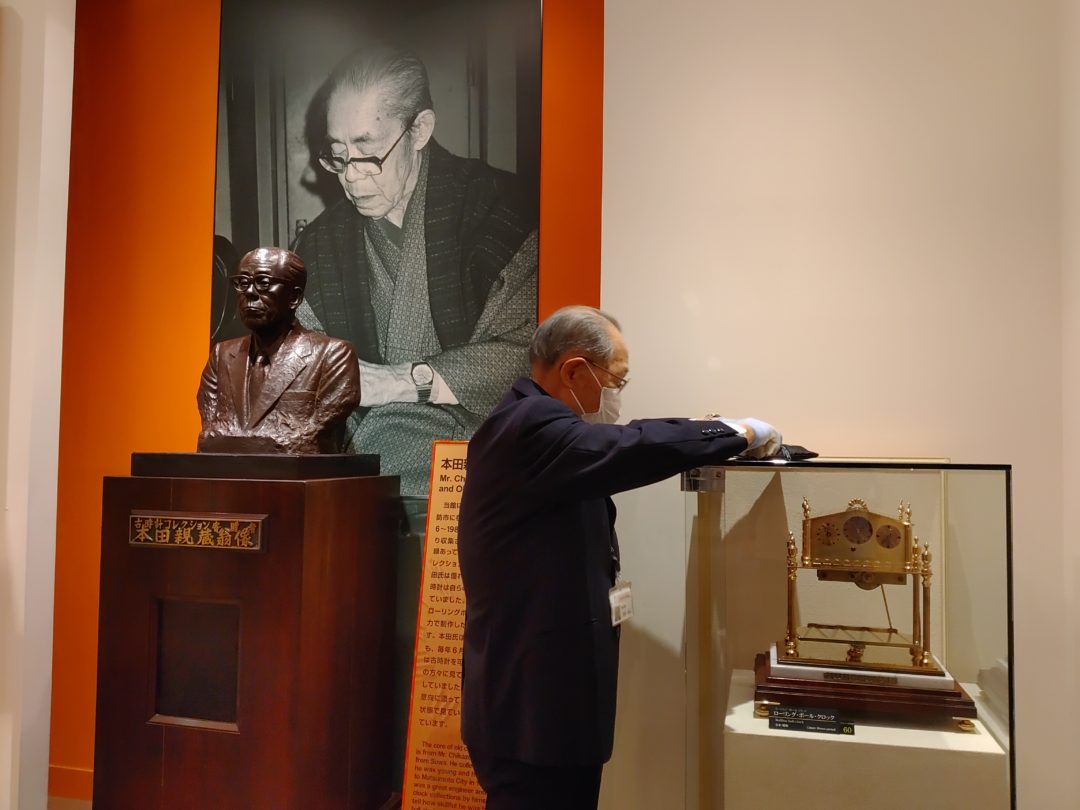
Chikazo Honda was an engineer who, when not running his vacuum tube factory in Suwa, spent his free time collecting and tinkering with whatever Japanese and Western clocks and watches he could get his hands on. In 1974 he donated his entire collection of over 100 timepieces to the City of Matsumoto, hoping that others might get as much enjoyment out of his hobby that he had. Over time, various other individual donations more than doubled the size of the museum’s eventual display.
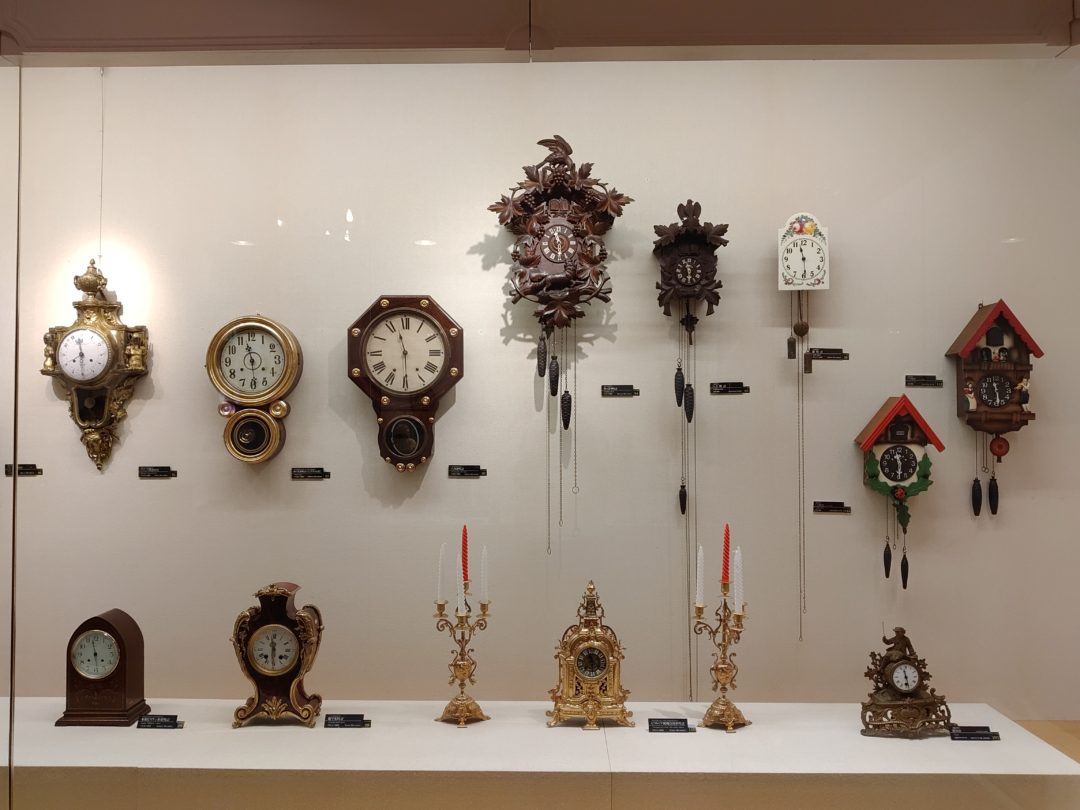
The Museum
Matsumoto’s “Tokei Hakubutsukan” would be easy to miss if not for its striking façade. And while not everyone is a timepiece fanatic, the museum does manage to intrigue, entertain, and possibly even educate.
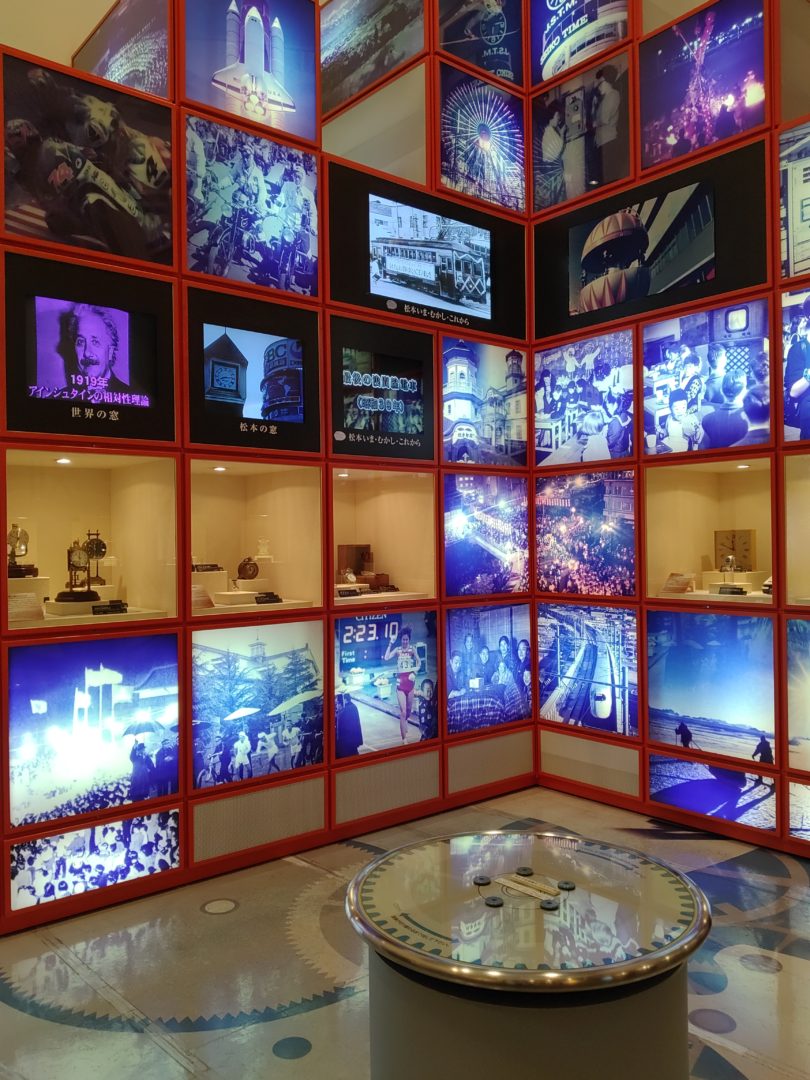
On the first floor you’ll find a small theater with animation and video that, while only in Japanese, are readily understandable. Out in the main open area is a large wall display of backlit photos that, expressly or implicitly, relay the role of keeping time in various aspects of life and technological advancement. On the floor stands a pedestal with a wheel that, when rotated counter-clockwise, initiates a video showing interesting photographs of Matsumoto’s past. Turning the wheel clockwise brings up imaginative images of a possible future.
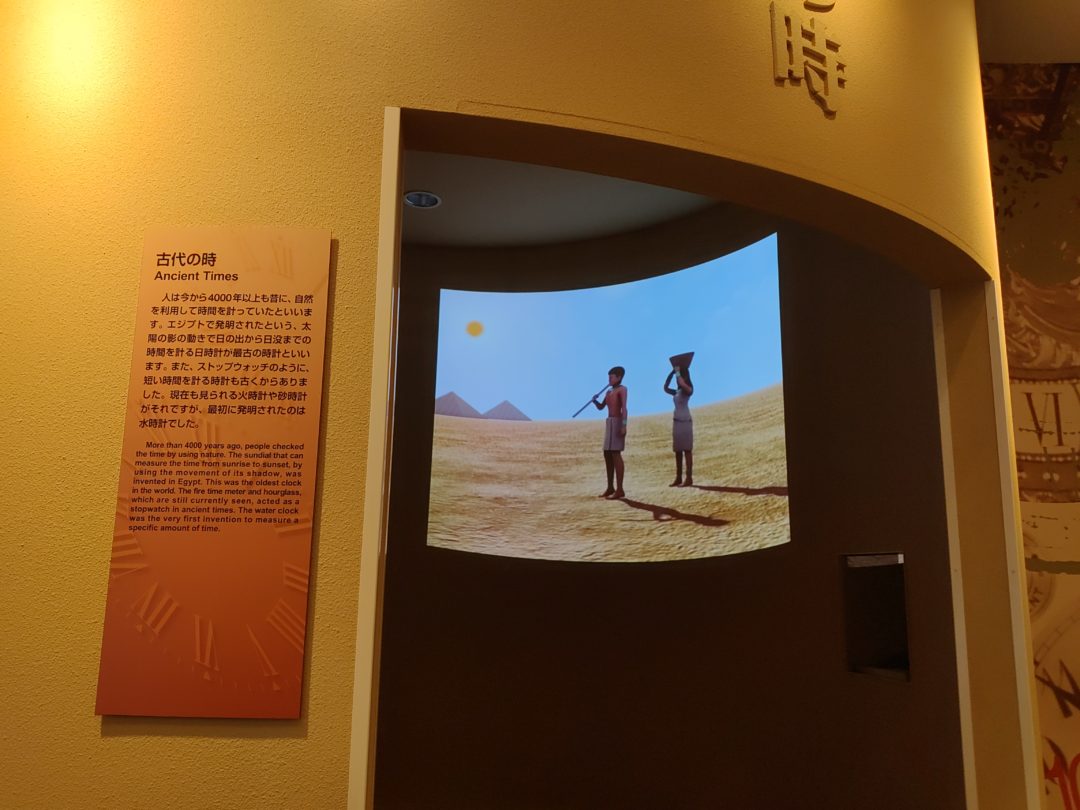
Over near the staircase is the “Well of Time” where an old man sits perched on the edge of – well, a well – which holds a screen that comes to life with an animated film when you stand in front of it. Give it a try.
The bulk of the museum’s collection is on the second floor. This is where I was glad I had Nishizawa-san with me, since without an explanation much of the intrigue of the museum goes unrecognized.
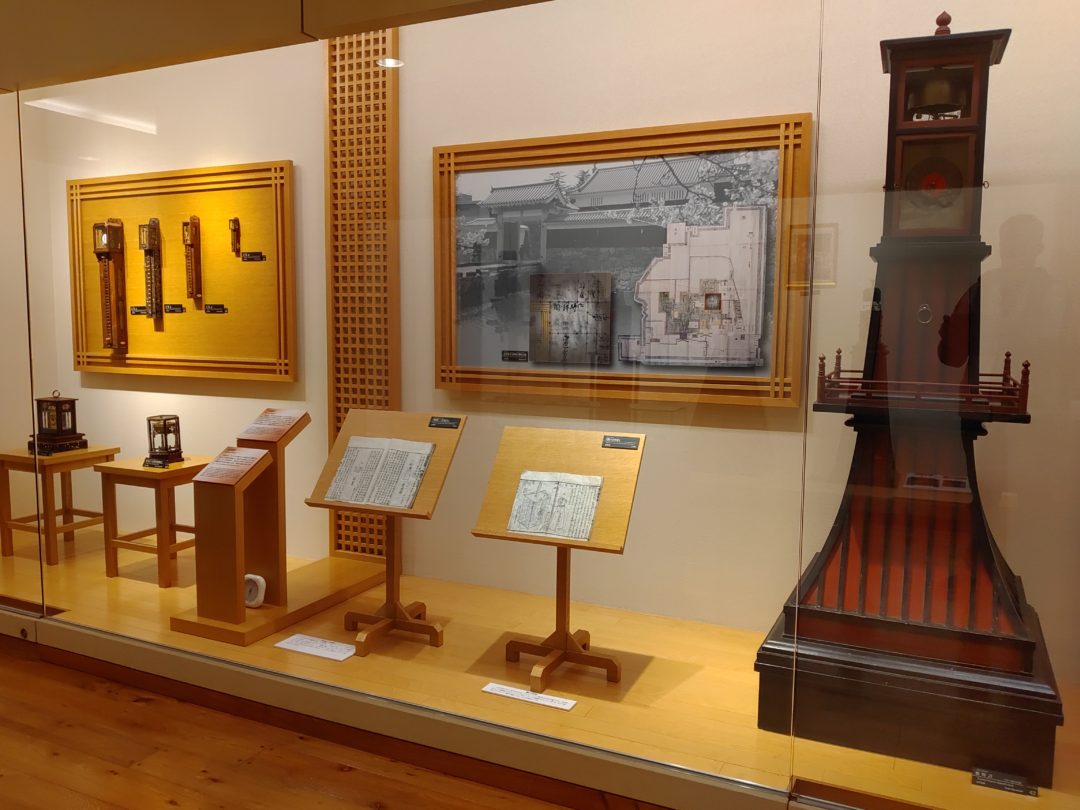
In one glass case is a monochrome photo of the Taiko-mon Gate of Matsumoto Castle, alongside a model of a wooden clock tower. The Taiko-mon is so named because in the upper room was a taiko drum, struck to announce certain times of the day as well as any sudden emergencies. During the Edo Era clocks were extremely scarce, but a clock in the Taiko-mon was employed to let the drum guy know when to beat his drum.
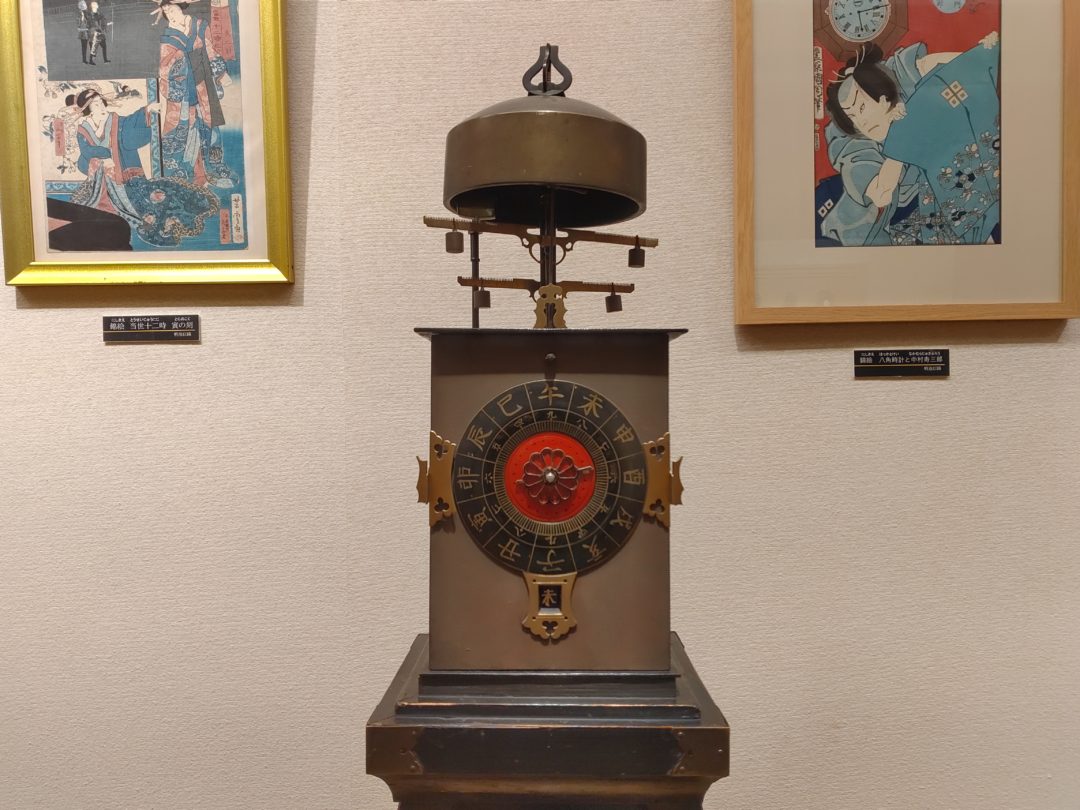
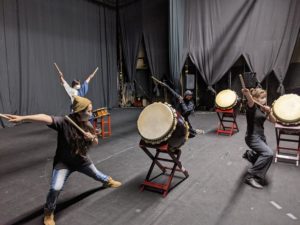
Some Japanese clocks in display have mysterious faces – i.e. they do not have the numbers one through twelve but rather the numbers nine through four. Going backwards. Twice. This reflects the old Japanese manner of measuring and keeping time throughout the day and night, from season to season. Here’s an explanation if you want to take a stab at figuring it out.
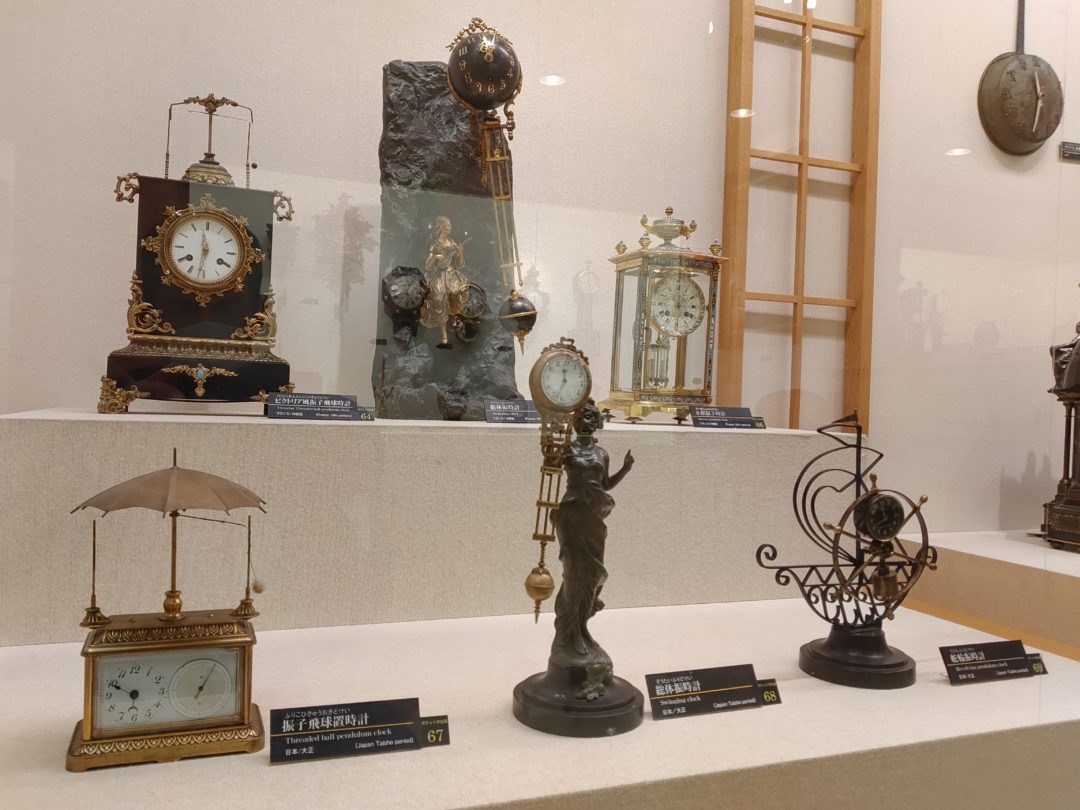
Chikazo Honda not only collected clocks but actually tried to fix and fashion them himself. The threaded ball pendulum clock on the bottom left in the above picture was made by Honda-san himself, modeled after the French version on the top left. According to Nishizawa-san, Honda’s version didn’t keep very accurate time.
Making Time to Visit
The Matsumoto Timepiece Museum sits along the Metoba River, just south of the Sensaibashi Bridge. It would be easy to miss if not for that five-meter pendulum swinging lazily back and forth. They’re open every day except Monday (and the few days straddling New Year’s). Entry is a pittance at 310 yen, and the exhibits are wheelchair-accessible.
And as far as that pendulum clock being one of the biggest in the world? First off, the honor of the largest pendulum clock in Japan goes to the one in the Shinjuku NS Building. With a pendulum measuring 22.5 meters it dwarfs the one swinging over the Metoba. But the entire issue may be moot. According to Nishizawa-san, that clock on the exterior of the museum building is actually a quartz clock. The pendulum is mere decoration.
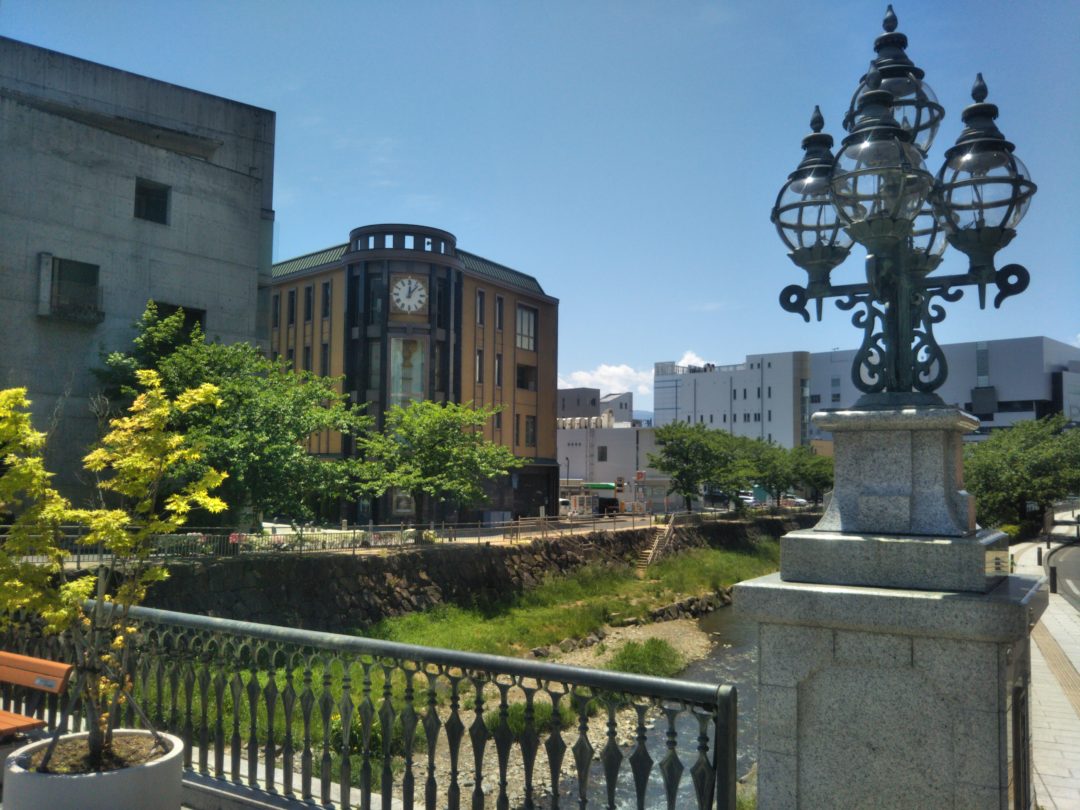
I’ll never look at that pendulum the same way again. Same goes for the Taiko-mon. I’m still trying to understand the old Japanese system of keeping time. But that’s all right. Because as with all the other museums in this town, the minute details of the Matsumoto Timepiece Museum allow for a chance to get a deeper glimpse not just into Matsumoto, but to Japan and the wider world.
Check out all the places, including the Timepiece Museum, where we can give you that more detailed look.
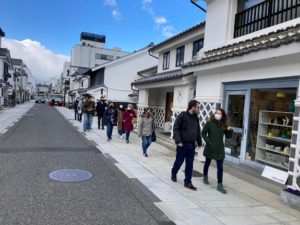
Author Profile

Latest entries
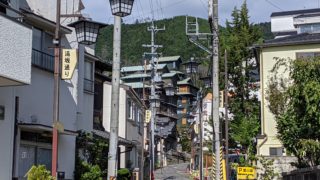 Sightseeing2023-12-18Handmade Soba, Simple Hiking & Hot Springs, All in Asama Onsen
Sightseeing2023-12-18Handmade Soba, Simple Hiking & Hot Springs, All in Asama Onsen Seasonal Topics2023-12-04Winter Wonderland: 5 Ways to Put Your Feet in the Matsumoto Snow
Seasonal Topics2023-12-04Winter Wonderland: 5 Ways to Put Your Feet in the Matsumoto Snow Other2023-07-14Shinshu Matsumoto Airport: Gateway to the Center of Japan
Other2023-07-14Shinshu Matsumoto Airport: Gateway to the Center of Japan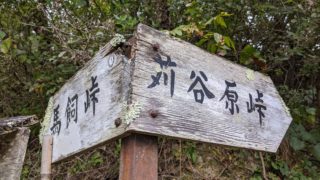 History2023-07-07Matsumoto’s Old Kaido Roads: On the Trails of History
History2023-07-07Matsumoto’s Old Kaido Roads: On the Trails of History

